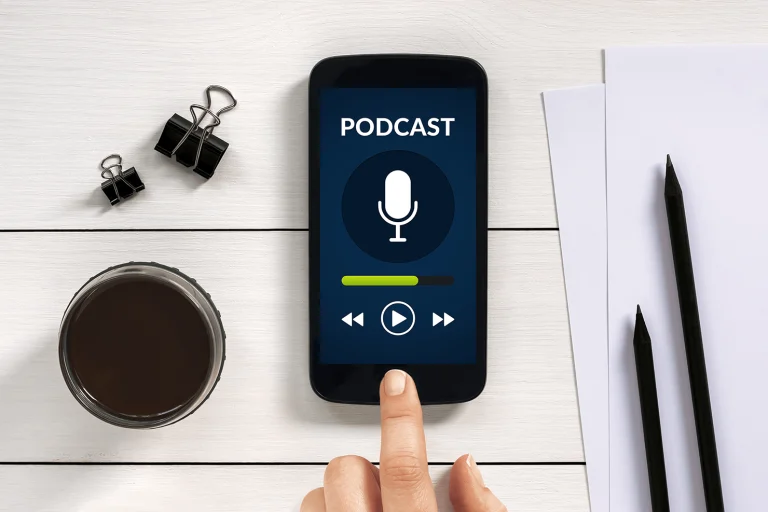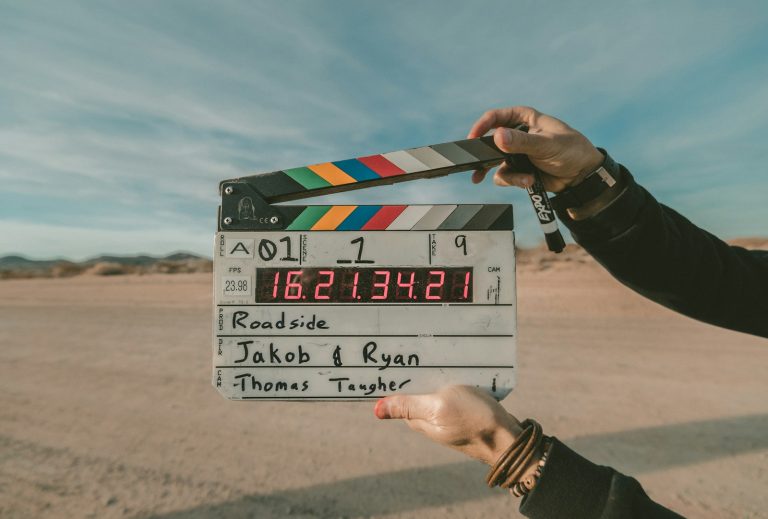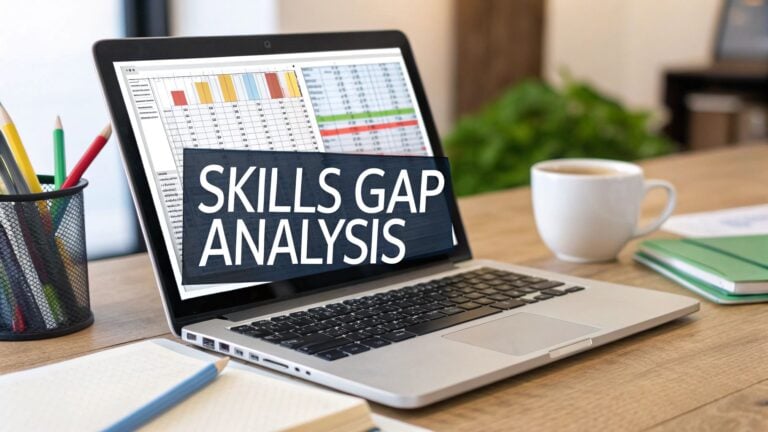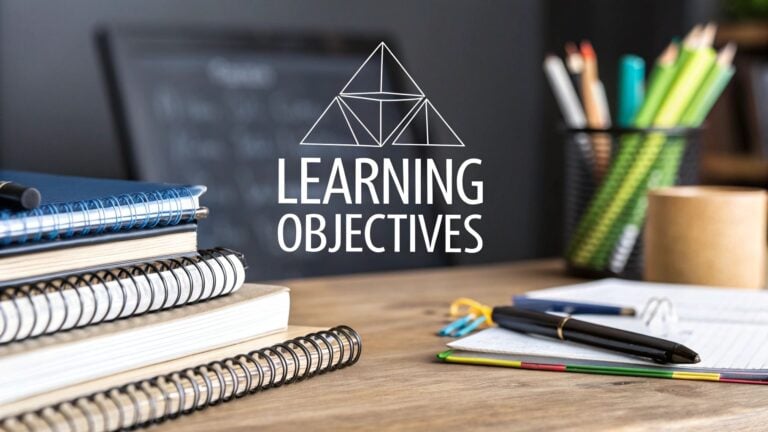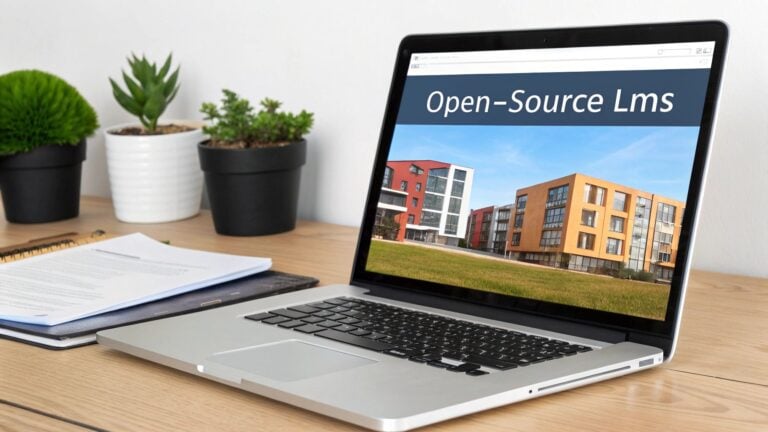Viral Social Media Campaign Ideas for Your Online Webinars

Want to make your webinar go viral? Social media is your secret weapon! With the right campaign, you can boost awareness and attract attendees from all over. Let’s explore some creative ways to make your webinar the talk of the internet.
Why Social Media Campaigns Matter
Social media is where your audience hangs out. It’s where they connect, learn, and share.
Pre-Launch Campaign Ideas
Tease Your Audience
Build excitement with sneak peeks of your webinar. Try these:
- Short, catchy video clips
- Eye-catching graphics
- Intriguing captions that leave your audience wanting more
Team Up with Influencers
Partner with big names in your field. They can help you reach more people and add credibility to your event.
Get Interactive
Use polls and surveys to engage your audience. This not only creates buzz but also helps you understand what your audience wants.
Show Behind-the-Scenes
Give your audience a backstage pass to your webinar prep. This builds excitement and helps them feel connected to your event.
Offer Early Bird Perks
Encourage early sign-ups with special discounts or giveaways for quick registrations.
Engaging Content During the Campaign
Share Valuable Info
Give your audience a taste of what they’ll learn in your webinar. This shows your expertise and gets them excited to learn more.
Spotlight Your Speakers
Introduce the stars of your show. Highlight their expertise and what they’ll be sharing in the webinar.
Keep the Countdown Going
Maintain excitement with regular reminders as your webinar date gets closer.
Go Live with Q&As
Host live sessions to answer questions about your webinar. This helps build connection and addresses any concerns potential attendees might have.
Leveraging Different Social Media Platforms
Facebook offers a variety of tools to promote your webinar effectively. Start by creating an event page for your webinar. This gives your audience a central place to find all the information they need and RSVP.
Example: Create an event titled “Future of AI: Exclusive Webinar with Tech Experts”. Include a compelling cover photo, detailed description, and clear date and time information.
Use targeted ads to reach a wider audience. Facebook’s ad platform allows you to target users based on interests, demographics, and behaviors.
Example: Set up an ad campaign targeting professionals aged 25-45 interested in technology and innovation. Use eye-catching visuals and a clear call-to-action like “Register Now for Our AI Webinar”.
Don’t forget to share your webinar in relevant Facebook groups. This can help you reach people already interested in your topic.
Example: If your webinar is about digital marketing, find and join groups like “Digital Marketing Professionals” or “Social Media Marketing Experts”. Share your event, highlighting the unique value it offers to group members.
Twitter’s fast-paced environment is perfect for creating buzz around your webinar. Start by creating a unique hashtag for your event. This helps track conversations and encourages attendees to engage.
Example: For a webinar on sustainable business practices, use a hashtag like #GreenBizWebinar2023. Use this in all your tweets about the event.
Host Twitter chats to engage with your audience before the webinar. This can generate interest and give you insights into what your audience wants to learn.
Example: Host a weekly chat using your webinar hashtag. Discuss topics related to your webinar and invite guest experts to participate.
Encourage retweets and mentions to expand your reach. You can do this by creating shareable content and directly asking your followers to spread the word.
Example: Tweet “Excited for our upcoming #GreenBizWebinar2023! RT if you’re joining us to learn about sustainable business practices.”
LinkedIn is ideal for professional events. Start by setting up a LinkedIn event for your webinar. This allows you to invite your connections and encourages attendees to share with their networks.
Example: Create an event titled “Mastering Project Management: A Comprehensive Webinar”. Include a professional banner image and a detailed agenda in the description.
Share professional articles related to your webinar topic. This establishes your expertise and generates interest in your event.
Example: Write and share an article on “5 Project Management Trends to Watch in 2023”. At the end, mention your upcoming webinar and include a registration link.
Use InMail for personalized invites to key professionals in your network. This direct approach can be very effective for attracting high-value attendees.
Example: Send a message like “Hi [Name], Given your expertise in project management, I thought you’d be interested in our upcoming webinar. We’d be honored to have you join us. Here are the details…”
Instagram’s visual nature makes it great for building excitement. Use Stories for behind-the-scenes content. This gives your audience a peek into your webinar preparation and builds anticipation.
Example: Share a series of Stories showing your team brainstorming webinar topics, testing equipment, or rehearsing presentations.
Share longer videos on IGTV to provide more in-depth content. This can be a great way to introduce your speakers or dive into webinar topics.
Example: Post a 5-minute IGTV video where your main speaker discusses the importance of the webinar topic and what attendees will learn.
Run targeted ads to reach a broader audience. Instagram’s ad platform, connected to Facebook’s, offers powerful targeting options.
Example: Create a carousel ad showcasing key points from your webinar. Target it to users interested in your industry and similar topics.
YouTube
YouTube is perfect for video content related to your webinar. Post promotional videos to give potential attendees a taste of what to expect.
Example: Create a 2-minute trailer for your webinar, highlighting key topics and featuring clips of your speakers.
Use YouTube Live for Q&As or teaser content. This can help build engagement and allow potential attendees to interact with you directly.
Example: Host a 30-minute YouTube Live session where you discuss the webinar topic and answer questions from the chat.
Run video ads to reach users interested in related content. YouTube’s targeting options allow you to place your ads before relevant videos.
Example: Create a 15-second ad highlighting the benefits of attending your webinar. Target it to appear before videos related to your webinar topic.
Post-Webinar Engagement
Share Recordings
Make your webinar accessible to those who couldn’t attend live. Post the recording on various platforms to maximize reach.
Example: Upload the full webinar to YouTube and share the link on your social media channels. Create shorter, highlight clips for platforms like Instagram or Twitter.
Tip: Add timestamps in the video description for easy navigation to specific topics.
Follow Up
Keep the conversation going with personalized follow-up emails. Provide value beyond the webinar itself.
Example: “Hi [Name], Thanks for attending our webinar on [Topic]. Here are the key takeaways:
- [Point 1]
- [Point 2]
- [Point 3]
For more in-depth information, check out these resources:
- [Link to relevant blog post]
- [PDF guide on the topic]
- [Link to related webinar]”
Ask for Feedback
Create surveys to gather insights for improving future webinars. Make it easy and appealing for attendees to participate.
Example: Use a tool like Google Forms or SurveyMonkey to create a short survey. Questions might include:
- On a scale of 1-10, how valuable did you find the webinar?
- What was your favorite part of the presentation?
- What topics would you like to see in future webinars?
Tip: Offer an incentive for completing the survey, such as entry into a prize draw or a discount on future events.
Showcase Success
Share positive outcomes and highlights from your webinar. This reinforces the value for those who attended and attracts interest for future events.
Example: Create an infographic summarizing key stats from the webinar, such as:
- Number of attendees
- Percentage of questions answered
- Top 3 audience takeaways
Share this on your social media platforms and in your email newsletter.
Promote Your Next Event
Use the momentum from your successful webinar to generate interest in your next event.
Example: At the end of your follow-up email, include a “Save the Date” section:
“Loved this webinar? Mark your calendar for our next event:
‘[Webinar Title]’ on [Date and Time]
Early bird registration opens next week!”
Measuring Your Campaign’s Success
Track these key metrics to evaluate your campaign’s performance:
Reach
How many people saw your content across all platforms.
Example: Your Facebook event reached 10,000 people, your tweets got 5,000 impressions, and your LinkedIn posts were seen by 3,000 professionals.
Engagement
Likes, comments, shares, and clicks on your posts.
Example: Your Instagram stories about the webinar got 500 replies, your Twitter hashtag was used 200 times, and your LinkedIn article received 100 comments.
Conversions
Number of webinar sign-ups resulting from your campaign.
Example: Out of 1,000 clicks on your registration link, 250 people signed up for the webinar.
Traffic
Visitors to your registration page from social media.
Example: Google Analytics shows that 60% of your registration page traffic came from social media, with Facebook being the top referrer.
Use these metrics to refine your strategy for future campaigns. Identify which platforms and content types performed best, and focus your efforts there for your next webinar promotion.
Use analytics tools to dig deep into your data and improve future campaigns.
Creating a viral social media campaign for your webinar takes creativity and planning. Use eye-catching visuals, tell compelling stories, and get your audience involved. With these ideas, you can make your webinars reach more people and create lasting engagement. Now go out there and make your webinar the next big thing on social media!


